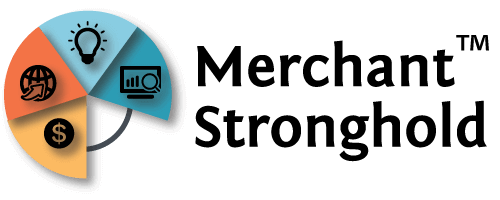Japanese Yen Overview
Significance of the Japanese Yen
The Japanese Yen is the third most exchanged money on the planet, and the most vigorously exchanged cash in Asia. Because of its moderately low loan fees, the Japanese Yen is frequently utilized as a part of convey exchanges with the Australian Dollar and the US Dollar. A convey exchange is a technique in which a cash with low loan fee is sold so as to purchase a money with a higher financing cost.
Early Japanese Currency
The historical backdrop of money in Japan started in the eighth Century when silver and copper coins, called the Wado Kaichin, started to be printed in 708. These coins imitated Chinese coins, and when Japan was not any more capable create their own particular coins, Chinese money was foreign made into the nation. Throughout the following couple of hundreds of years, the inflow of Chinese coins did not take care of the demand, so to counter this issue, two secretly printed Japanese coins, the Toraisen and Shichusen, entered course from the fourteenth to sixteenth century. Around the fifteenth century, the stamping of gold and silver coins known as Koshu Kin was energized and gold coinage was soon made into the new standard money. The administration later settled a brought together financial framework that comprised of gold cash, and additionally silver and copper coins.
The Modern Day Japanese Yen
By the nineteenth century, Spanish Dollars were being utilized as a part of Japan, alongside nearby monetary forms. With a specific end goal to improve and bring together the diverse coins being utilized at the time, the Yen (which signifies ‘hover’ or ’round protest’) was made in 1871. The New Currency Act built up a money-related framework like the European one, with a decimal record framework. The Yen worked under a bimetallic standard of gold and silver until 1897, when it was left under a sole highest quality level. After World War II, the Yen lost quite a bit of its esteem and in 1971, settled the conversion standard to the US Dollar at a rate of 308 JPY to 1 USD. This kept going until the point when 1973 when it changed to a drifting swapping scale.
Currency Facts
Name: Japanese Yen
Symbol: ¥ Sen: sen
Minor Unit:
1/100 = Sen
Central Bank Rate: -0.10
Top JPY Conversion:
USD/JPY
Top JPY Chart:
USD/JPY Chart
Inflation: -0.10%
Coins:
Freq Used: ¥1, ¥5, ¥10, ¥50, ¥100, ¥500
Banknotes:
Freq Used: ¥1000, ¥5000, ¥10000
Rarely Used: ¥2000
Central Bank:
Bank of Japan
Website: http://www.boj.or.jp
Users: Japan
[stock_ticker symbols=”BABA,^DJI,EURGBP=X,LON:FFX” show=”symbol”]

